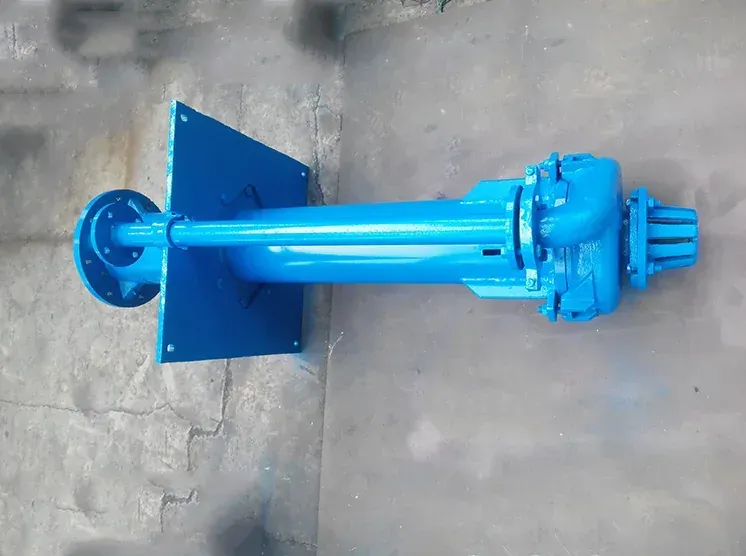Albanian
- Afrikaans
- Albanian
- Amharic
- Arabic
- Armenian
- Azerbaijani
- Basque
- Belarusian
- Bengali
- Bosnian
- Bulgarian
- Catalan
- Cebuano
- Corsican
- Croatian
- Czech
- Danish
- Dutch
- English
- Esperanto
- Estonian
- Finnish
- French
- Frisian
- Galician
- Georgian
- German
- Greek
- Gujarati
- Haitian Creole
- hausa
- hawaiian
- Hebrew
- Hindi
- Miao
- Hungarian
- Icelandic
- igbo
- Indonesian
- irish
- Italian
- Japanese
- Javanese
- Kannada
- kazakh
- Khmer
- Rwandese
- Korean
- Kurdish
- Kyrgyz
- Lao
- Latin
- Latvian
- Lithuanian
- Luxembourgish
- Macedonian
- Malgashi
- Malay
- Malayalam
- Maltese
- Maori
- Marathi
- Mongolian
- Myanmar
- Nepali
- Norwegian
- Norwegian
- Occitan
- Pashto
- Persian
- Polish
- Portuguese
- Punjabi
- Romanian
- Russian
- Samoan
- Scottish Gaelic
- Serbian
- Sesotho
- Shona
- Sindhi
- Sinhala
- Slovak
- Slovenian
- Somali
- Spanish
- Sundanese
- Swahili
- Swedish
- Tagalog
- Tajik
- Tamil
- Tatar
- Telugu
- Thai
- Turkish
- Turkmen
- Ukrainian
- Urdu
- Uighur
- Uzbek
- Vietnamese
- Welsh
- Bantu
- Yiddish
- Yoruba
- Zulu
Telephone: +86 13120555503
Email: frank@cypump.com
Dhj . 12, 2024 06:04 Back to list
slurry pump parts
Understanding Slurry Pump Parts A Brief Overview
Slurry pumps are critical components in various industries, particularly in mining, dredging, and wastewater management. These pumps are designed to handle the complex mixtures of solids and liquids, known as slurries, which can be abrasive and corrosive. To ensure efficient operation and longevity, it is essential to understand the various parts that constitute a slurry pump.
1. Pump Housing
The pump housing serves as the main body of the slurry pump. It is designed to contain the slurry and direct it through the pump. The material of the housing is typically robust, often made from cast iron, stainless steel, or other alloys that resist corrosion and wear. The design of the housing can vary depending on the specific application, with options for horizontal or vertical configurations to suit different installation requirements.
2. Impeller
The impeller is arguably the most crucial part of a slurry pump. It is responsible for imparting energy to the slurry, converting mechanical energy from the motor into kinetic energy in the fluid. Slurry pump impellers are usually made of high-chromium alloys or elastomers to provide resistance to wear. The impeller design may also vary—some are open, while others are semi-open or closed—to better handle specific types of slurries and improve efficiency.
3. Volute
Following the impeller, the volute is responsible for converting the kinetic energy of the fluid into pressure energy. It helps in guiding the slurry towards the discharge outlet. The volute is typically shaped like a spiral, providing a gradual increase in cross-sectional area that slows the flow and increases pressure. Its design is essential to minimizing turbulence and ensuring optimal flow conditions to maximize pump efficiency.
4. Suction and Discharge Pipes
The suction and discharge pipes connect the slurry pump to the system it serves. The suction pipe draws the slurry from the source, while the discharge pipe directs it to the desired location. These pipes are usually constructed from wear-resistant materials to withstand the abrasive nature of slurries. Proper sizing and configuration of these pipes are vital for preventing blockages and ensuring smooth operation.
slurry pump parts

5. Inlet and Outlet Flanges
Inlet and outlet flanges are critical components that facilitate the connection between the pump and the piping system. These flanges need to be securely fastened to prevent leaks and are typically designed to meet specific industry standards. Ensuring compatibility with existing piping systems is crucial for seamless integration.
6. Mechanical Seal
The mechanical seal is a vital component that prevents leaks between the rotating shaft and the stationary part of the pump. In slurry pumps, this seal must endure both high pressure and the abrasive nature of the slurries being pumped. Proper maintenance of the mechanical seal is essential for preventing downtime and extending the pump’s lifespan.
7. Shaft
The shaft is the component that transmits torque from the motor to the impeller. It must be robust enough to handle the stresses of operation while also being resistant to wear from the abrasive slurries. The shaft is usually made from high-strength steel or other durable materials, with careful attention paid to its alignment to ensure efficient operation.
8. Bearings
Bearings support the rotating shaft and help to reduce friction during operation. In slurry pumps, bearings need to be specially designed to withstand heavy loads and abrasive materials. Depending on the design, they may be either pillow block or cartridge-style bearings, and they frequently require protective covers to minimize wear and tear from the pumped materials.
Conclusion
Understanding the various parts of slurry pumps is essential for their effective management and maintenance. Each component plays a vital role in ensuring the pump can efficiently handle slurries, providing reliable operation in challenging environments. By being familiar with these components, operators and maintenance personnel can better diagnose issues, optimize performance, and extend the lifespan of their slurry pumps, ultimately contributing to the efficiency and productivity of their operations. Whether you're involved in mining, wastewater management, or any industry reliant on slurry transport, a comprehensive understanding of slurry pump parts is key to success.
-
pipeline pump - Chi Yuan Pumps Co., LTD.|High Efficiency&Low Noise
NewsJul.31,2025
-
ISG Series Vertical Pipeline Pump - Chi Yuan Pumps Co., LTD.|High Efficiency, Energy Saving, Low Noise
NewsJul.30,2025
-
ISG Series Vertical Pipeline Pump- Chi Yuan Pumps|High Efficiency&Low Noise
NewsJul.30,2025
-
ISG Series Vertical Pipeline Pump-Chi Yuan Pumps Co., LTD.|High Efficiency&Energy Conservation
NewsJul.30,2025
-
ISG Series Vertical Pipeline Pump - Chi Yuan Pumps Co., LTD.|Advanced Hydraulic Design&Energy-Efficient Solutions
NewsJul.30,2025
-
ISG Series Vertical Pipeline Pump - Chi Yuan Pumps Co., LTD.
NewsJul.30,2025










